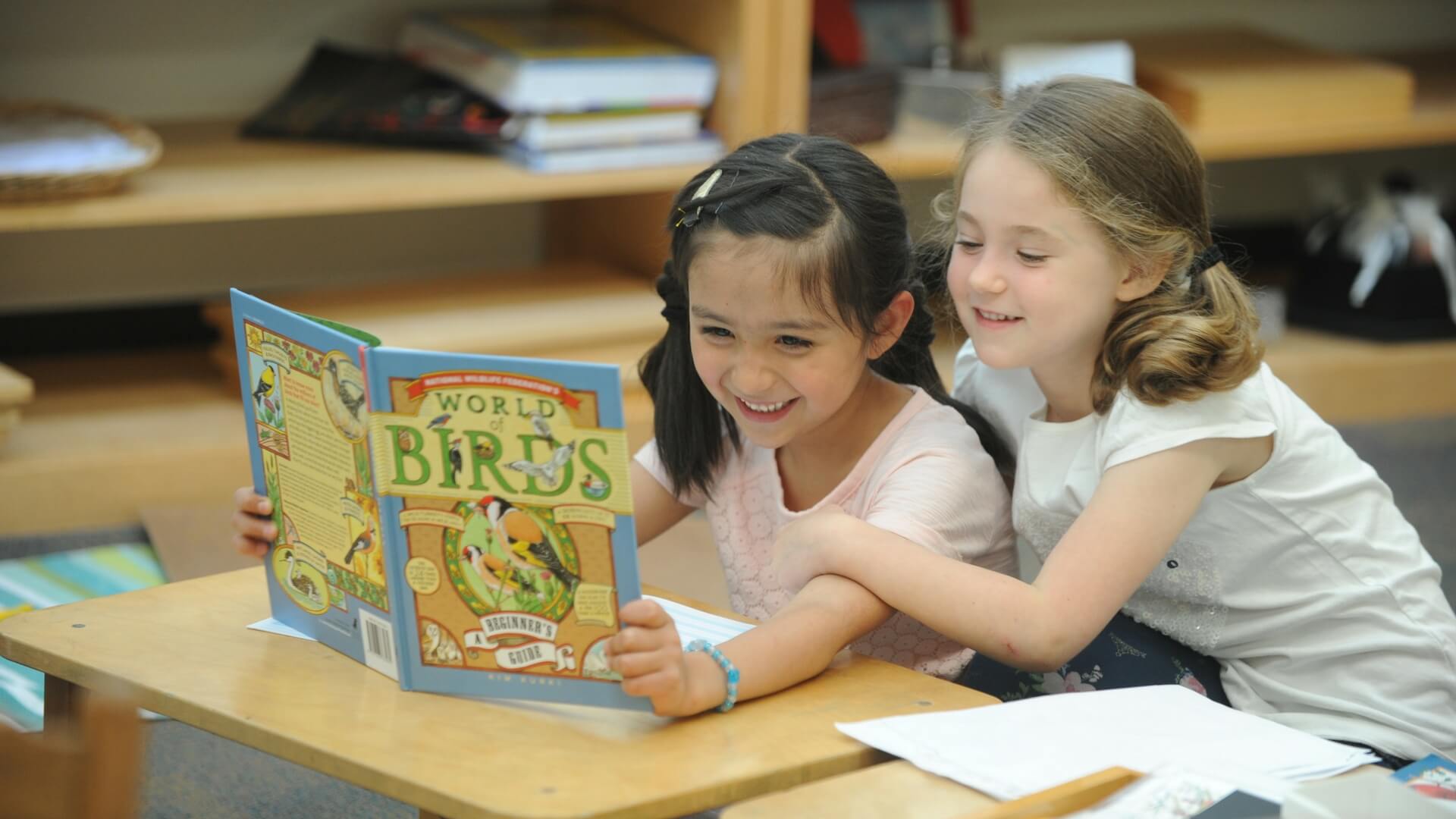Even though it’s exciting to go back to school in the fall, transitioning from the laidback summer into an academic schedule can be a challenge for children and parents alike. Taking a few steps to ease this transition can help set your children up for success at school.
Establish a New Routine
This CBS News story quotes Dr. Warren Seigel of Coney Island Hospital: “Start with going to bed one hour earlier every night and waking up early until the new routine is established. It needs to be done a week or two before going back to school, not the night before school starts.” The National Sleep Foundation recommends nine to 11 hours of sleep for children ages six to 13.
This includes meal routines, as well. Organized Home recommends planning meals and snacks according to the school schedule, so your children grow accustomed to eating at those times.
Clear the Closet
You’re going to be buying new clothes and supplies, so it’s a good time to get rid of anything that is worn out or doesn’t fit. Make piles to donate and throw away.
Stock Up
When you do your back-to-school shopping, guided by the list provided by your child’s teacher, think ahead to future needs and projects and do that shopping, too. Good Housekeeping suggests a “supply stash” so you won’t find yourself running to the store late at night to buy posterboard for a project due the next day. Stock your stash with posterboard, markers, glue, scissors, construction paper, notebooks, pens, pencils, and more, so your kids have what they need when they need it.
Buy the Right Backpack
When children carry heavy backpacks day after day, they’re setting themselves up for back pain and injury–even at that young age. The American Academy of Pediatrics offers the following suggestions:
- Choose a padded backpack with wide shoulder straps.
- The pack should always weigh less than 20 percent of your child’s body weight.
- Go through the pack regularly to remove unnecessary weight.
- Teach your child to carry the pack over both shoulders.
- Place heavier items in the center.
- The bottom of the pack should sit at your child’s waist.
Create Calendars
Organized Home suggests “Calendar Central.” Create an area, either physically in your home or virtually, dedicated to all things schedule-related, including events, activities, assignments, lunch menus, and more.
Stay Healthy
CBS News mentions annual physicals, dental exams, and eye exams. Sometimes, a child’s poor eyesight gets overlooked, but it can lead to less engagement in the classroom and lower grades if he or she has trouble reading the board or assignments.
Staying healthy includes a proper diet and exercise. Start with a good breakfast and pack balanced lunches for your children to help them stay alert and energized throughout the day. Planning your evening meals in advance can help the entire family stay on a healthy path.
Designate a Work Station
Set aside an area where your child can do homework without distraction. This also allows him or her to keep all necessary supplies in one place, rather than moving them on and off your dining room table every day. It can help to set aside a specific time for study when your child is not allowed to use the television or mobile device. If your child needs a computer to do the school work, consider parental controls that allow you to limit the sites your child is allowed to visit at certain times.
Set the Stage
Speak positively about the new school year. Connect with your child’s new classmates and teachers. Give clear directions on how to get to school and back, perhaps with a few practice runs in the week leading up to school, so your child feels confident about finding his or her way to the new classroom.
No matter how much a child wishes the summer could last forever, it’s always exciting to start the new school year. With a little preparation before the first day, your child will be ready for the best year yet.


